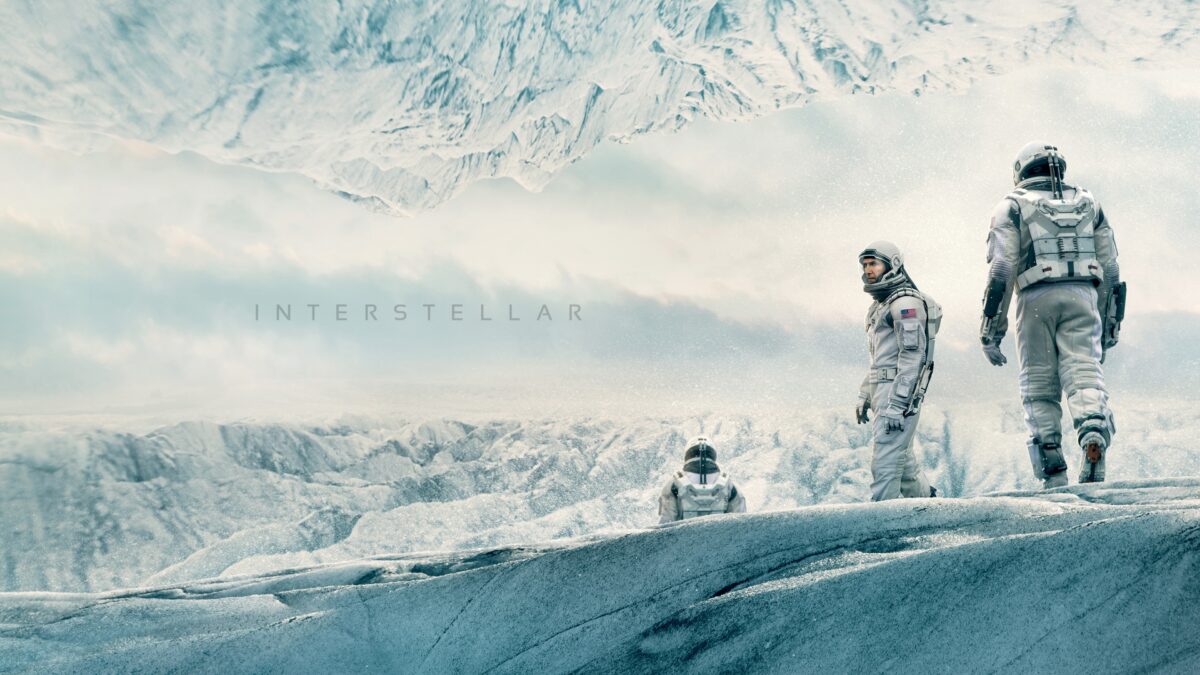Christopher Nolan’s Interstellar (2014) is a breathtaking blend of science fiction, human drama, and mind-bending physics. Its ending leaves many viewers both awestruck and a little puzzled, weaving together concepts like time dilation, black holes, and higher dimensions with an emotional father-daughter story at its core. Here’s a clear breakdown of what happens, why it matters, and how love and science intersect in the film’s finale.
A Quick Recap: The Mission and the Stakes
In a future where Earth is becoming uninhabitable, former pilot Cooper joins a NASA mission to find a new home for humanity. Traveling through a wormhole near Saturn, the crew visits planets orbiting a supermassive black hole called Gargantua. Due to intense gravity, time flows differently there a concept called time dilation meaning hours on the surface equal years back on Earth.
Time Dilation and Its Consequences
One early planet visit costs the crew decades of Earth time, leaving Cooper’s daughter Murph to grow up without him. This delay raises the stakes: the longer Cooper stays away, the less time he has to save humanity and reconnect with his daughter.
Inside the Black Hole: The Fifth Dimension
Near the climax, Cooper sacrifices himself by detaching his craft to help his partner Amelia Brand escape to another planet. He falls into Gargantua, expecting death, but instead finds himself in a tesseract, a physical representation of the fifth dimension. Here, time is not linear. Every moment in Murph’s bedroom exists simultaneously, and Cooper can interact with them through gravity.
The Tesseract Scene and Murph’s Realization
The mysterious “ghost” Murph experienced as a child was actually Cooper, communicating across time from within the tesseract. By manipulating gravity, he sends her critical data that allows humanity to solve the equation for escaping Earth’s gravity. This moment is the emotional heart of the movie: their bond bridges time and space, proving that love is not just an emotion but a force that can transcend dimensions.
Love, Gravity, and the Film’s Science
In Interstellar, love and gravity share a symbolic connection. Gravity is the only force that can cross dimensions, and love is portrayed as similarly enduring and measurable in its effects. Nolan blends real scientific theories (like those from physicist Kip Thorne) with speculative fiction, suggesting that emotional bonds may play a role in navigating the unknown.
The Ending: A Bittersweet Reunion
After transmitting the data, Cooper is pulled back to human reality and wakes up on Cooper Station, a massive space habitat orbiting near Saturn. Decades have passed for Murph, who is now an elderly woman and humanity’s savior. Their reunion is brief but deeply moving. Murph encourages him to seek out Amelia, who is building a future on a habitable world.
Why It Resonates
Interstellar ends on a note of both closure and possibility. Cooper fulfills his promise to return to Murph, though not in the way either expected, and his journey underscores the film’s message: in the vastness of space and time, human connection is as essential as survival itself.
